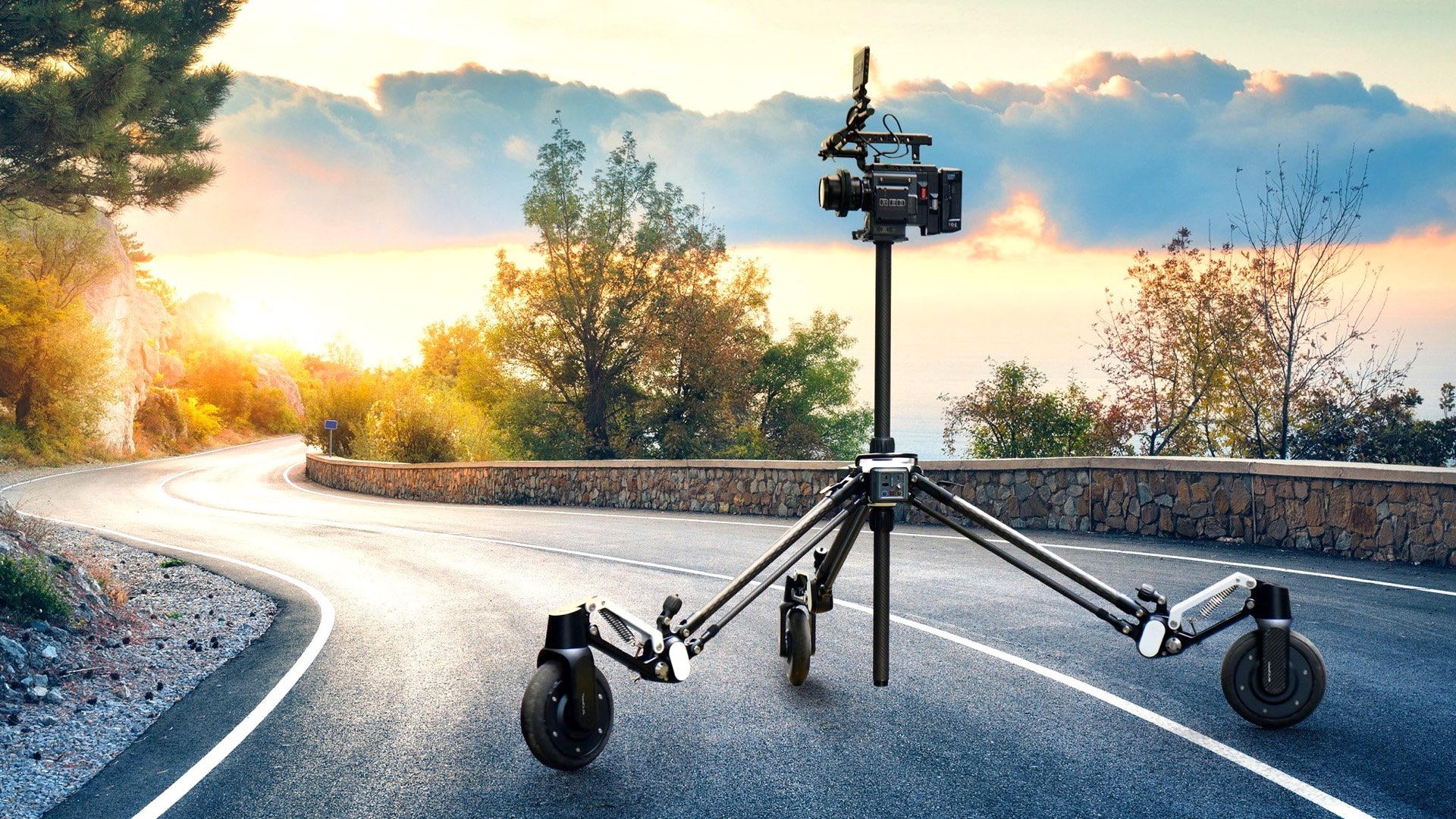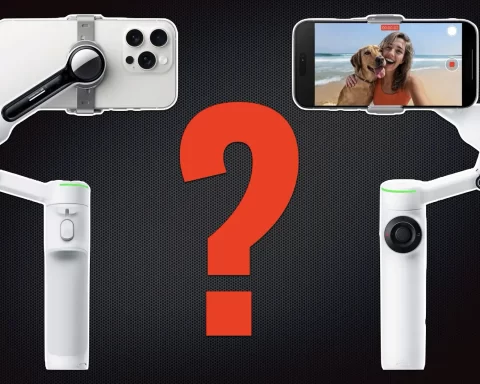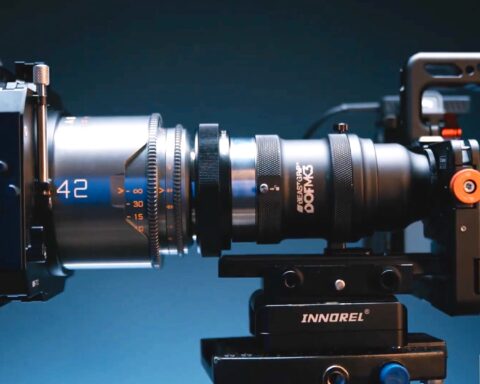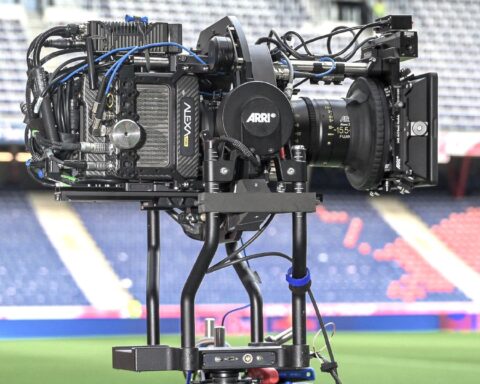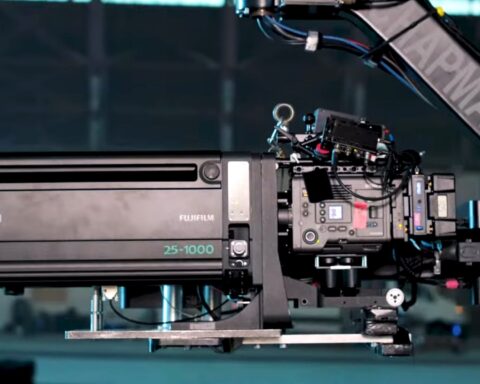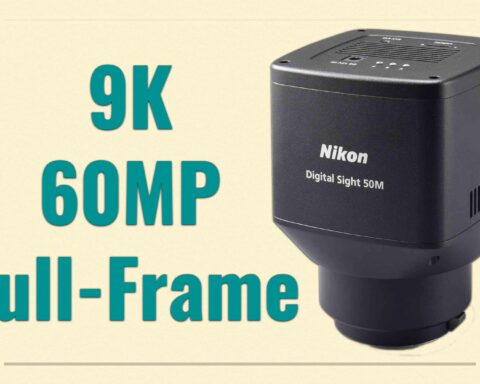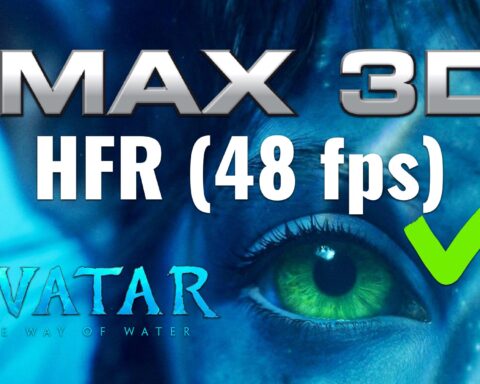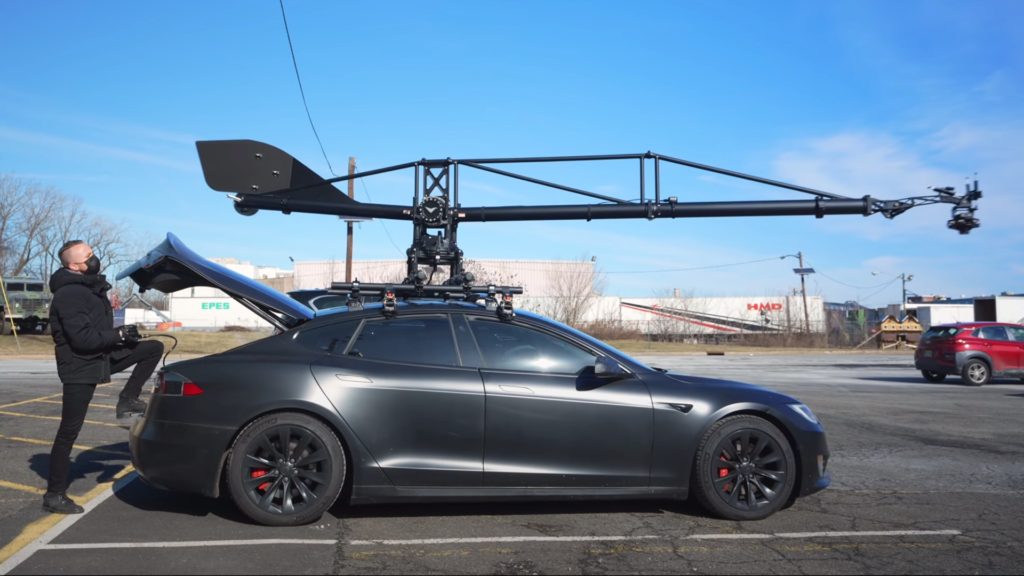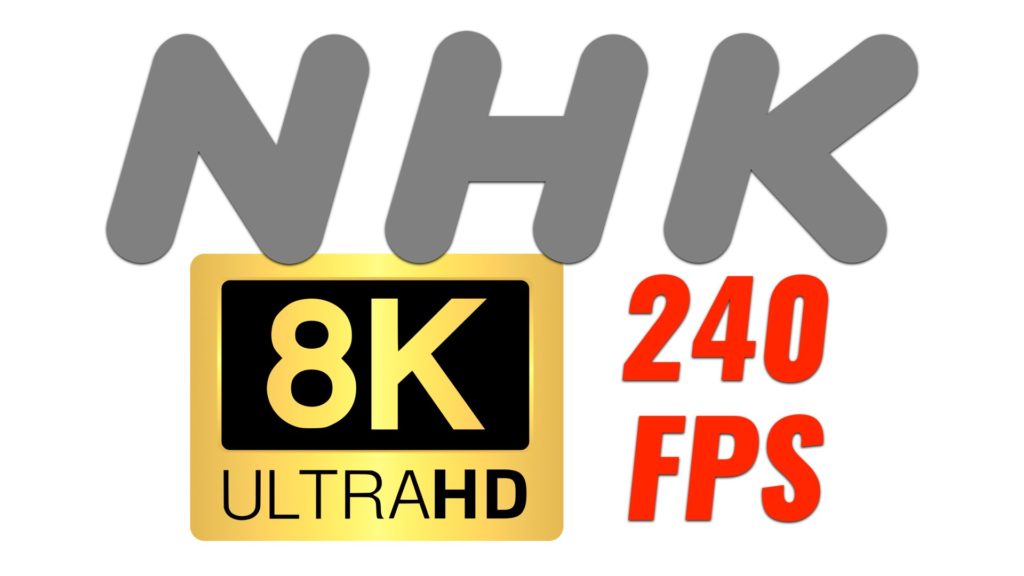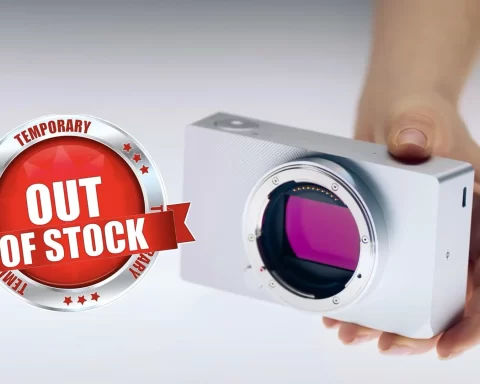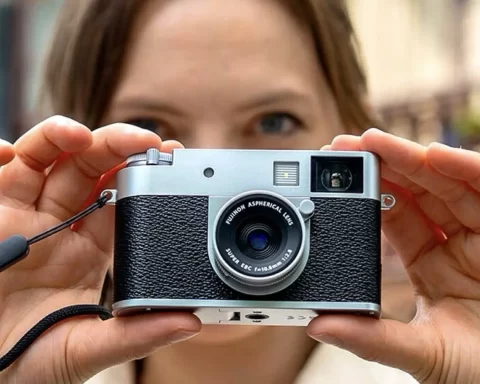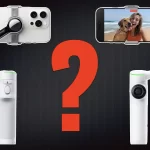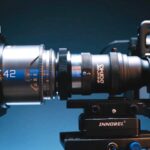A company named Snoppa has launched a Kickstarter campaign presenting the Rover, which is an electric stabilization cinema dolly that is supposed to facilitate cinematic camera movement, and at a relatively affordable price. Can this product revolutionize camera movement and bring this cinematic privilege to the masses? Explore it below.
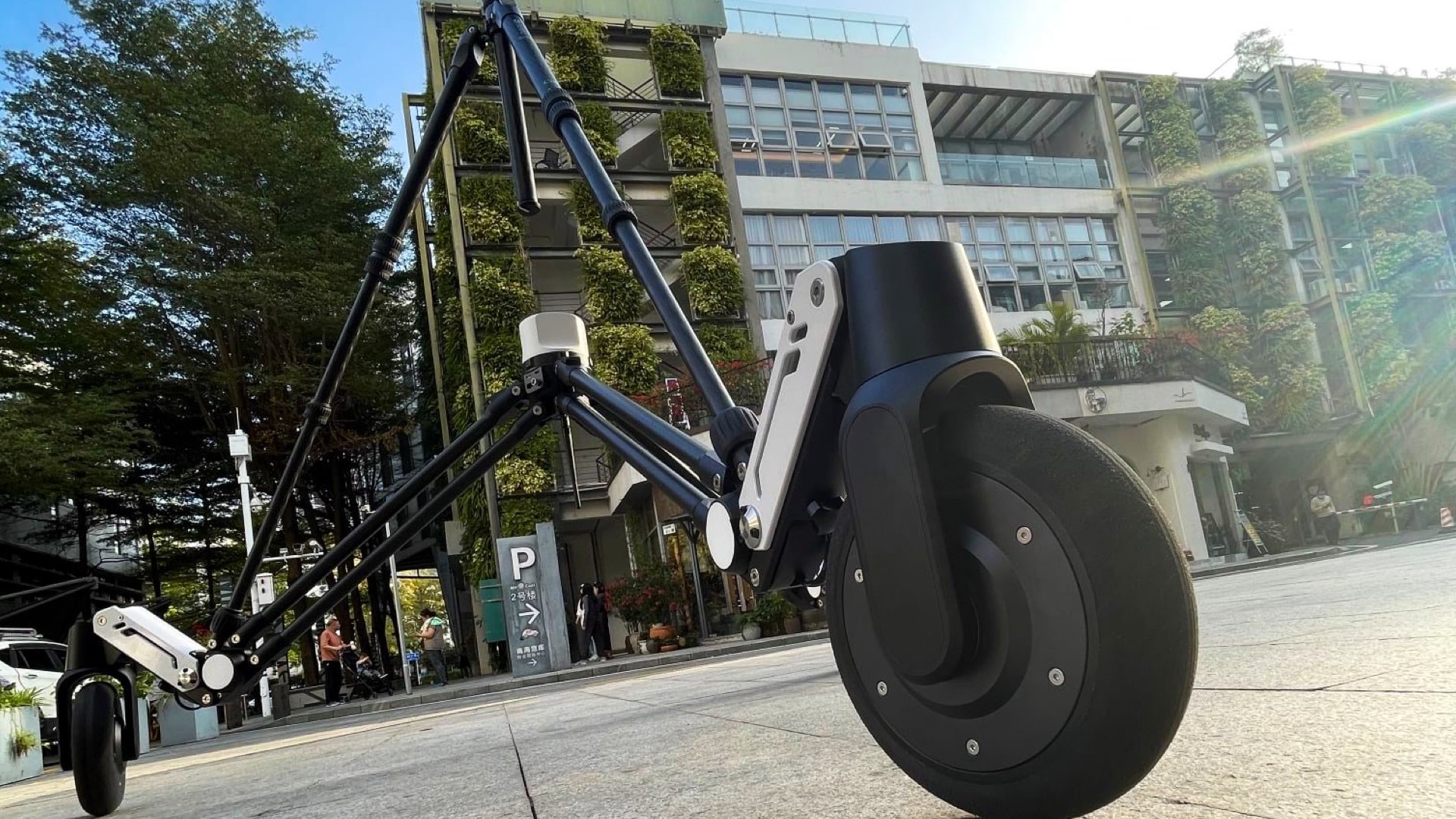
What is Rover?
Snoppa (company specializes in “developing intelligent hardware and software facilities for action film shooting”) Rover is a revolutionary cinema dolly that has an all-terrain advanced electronic stabilization system. The Rover is on Kickstarter. It can drive and shoot stably and smoothly on various uneven roads. Rover can be driven manually or move automatically along a preset path. With a load capacity of up to 15 kg (33 lbs), a series of control interfaces, and an image transmission module, Snoppa Rover can load and control most of the popular cameras including mirrorless, DSLRs, cinema cameras, etc., allowing you to remotely control both the dolly’s movement and camera shooting, and live to preview your shots through your phone or tablet. Check out eh Kickstarter video below:
Methodology and techniques
Rover integrates three wheels each with independent power control and steering system via three electric stabilizer arms. This uniquely isolates the body from wheel vibration and enables flexible motion control. Full description below:
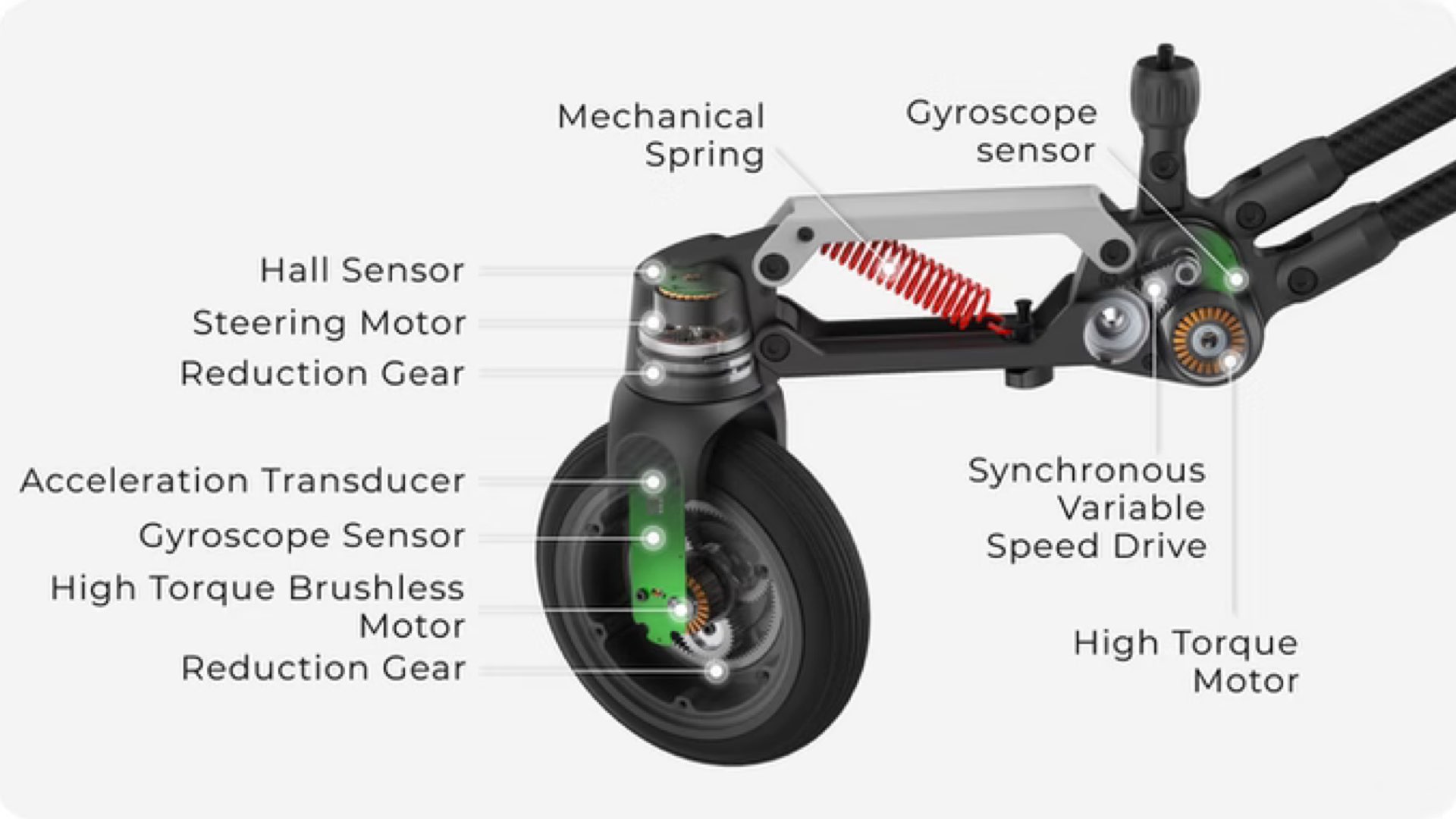
Active damping system
Rover has built-in gyroscopes and acceleration sensors in each of its three stabilizer arms. These sensors detect the vibration of each wheel and the attitude of the whole vehicle at a frequency of 16Khz at all times. The detection frequency allows the high-torque motors to respond to disturbances within 0.06m/s. The motors output control feedback from a synchronous variable speed system, and with the added inherent elasticity of its springs Rover can maintain smoothness even when passing over uneven surfaces or obstacles.
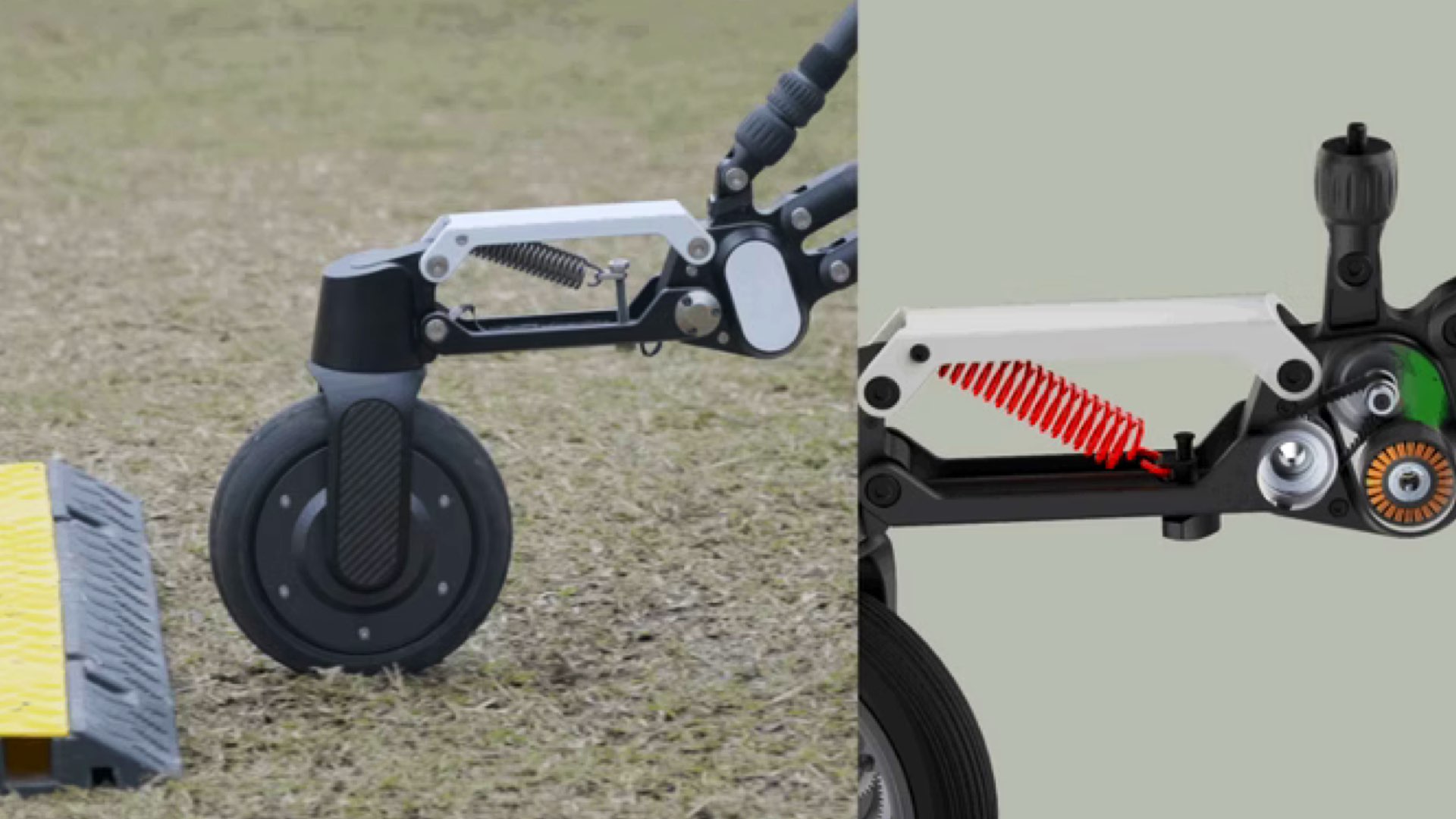
Power System
All three wheels of Rover are equipped with individual power drives. The built-in gyroscope detects wheel speed in real-time, and the intelligent algorithm can distribute the power of each wheel individually. This results in smoother motion and more precise control of the Rover. Constant speed ramping greatly reduces wheel slippage or track deviation due to inconsistent wheel speed.
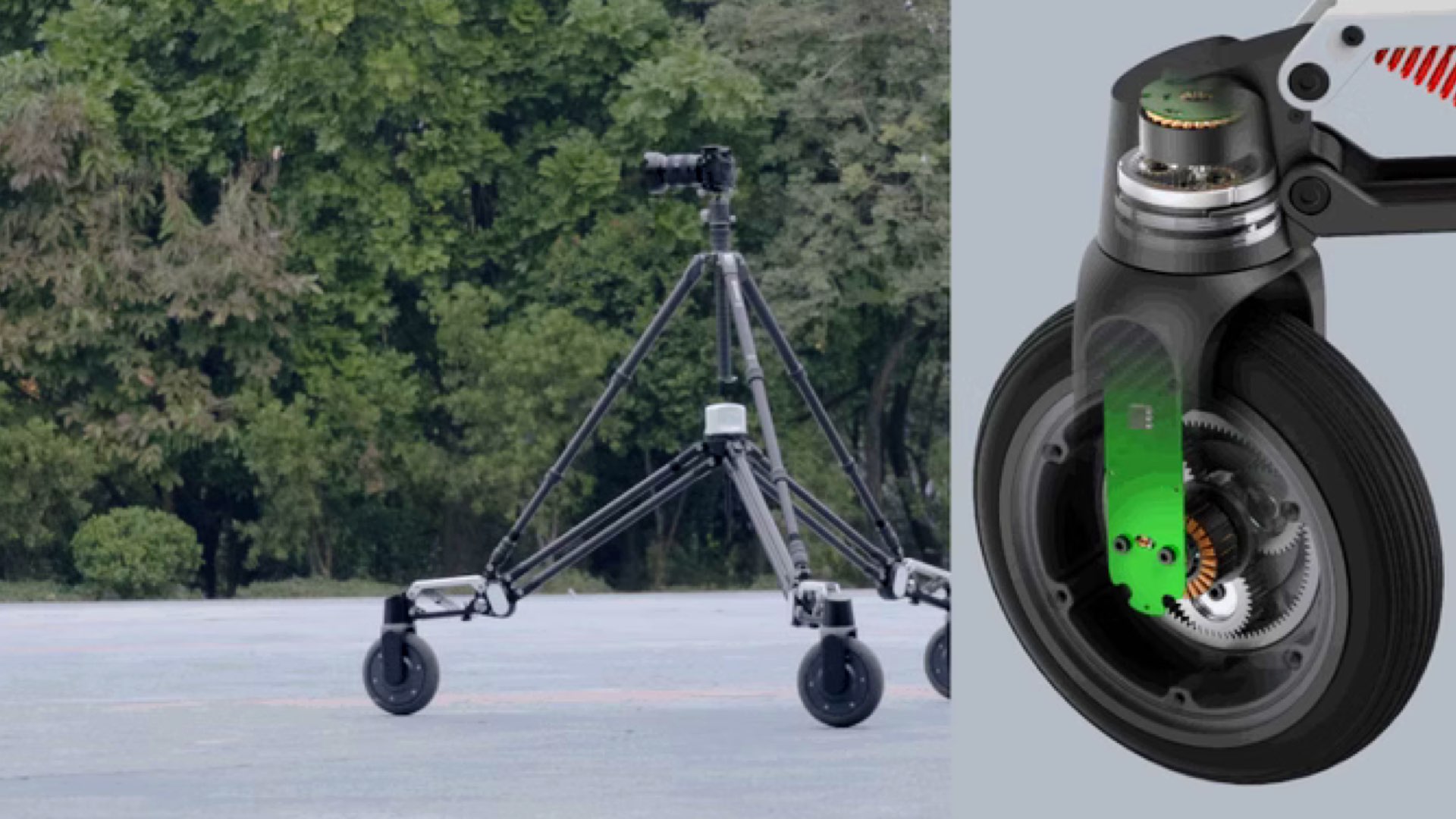
Maneuverability
Unlike vehicles with front-wheel steering, Rover’s flexible turning performance makes it capable of keeping Rover’s front end’s direction unchanged under any path of movement. The direction of the cart is independent of the trajectory of movement. Shooting direction is not bound by the direction of movement. If the camera’s direction of movement needs to be altered in the process of shooting, you do not need to consider turning radius to do a U-turn as Rover can be panned. Furthermore, Rover has a moving speed of up to 8m/s ~30Km/h) and you can easily follow a fast-moving object to shoot.
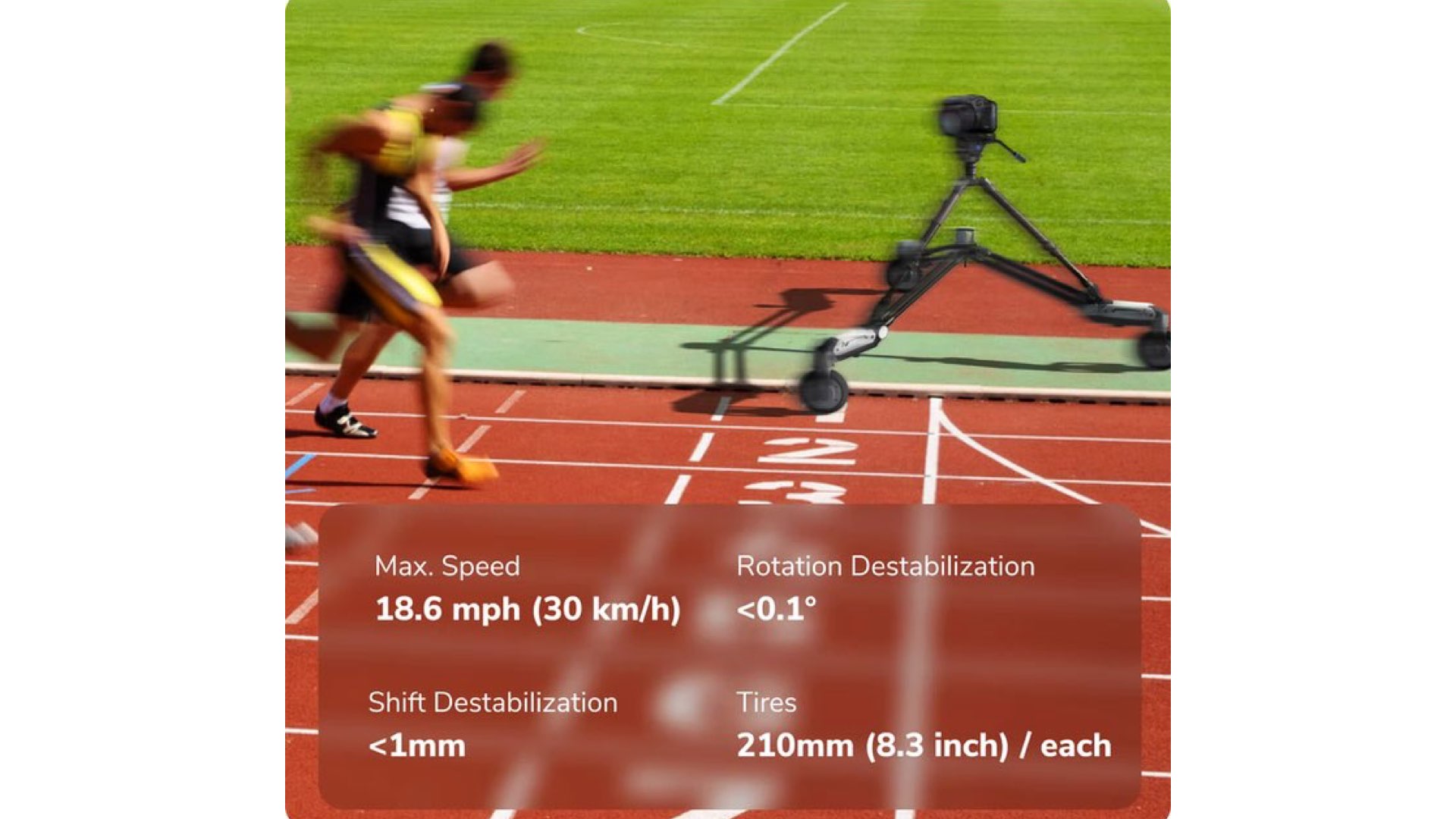
Three Expansion Levels
The Rover has 3 adjustable expansion levels that can be set up manually according to your shooting needs (camera weight, space, etc). See slides below:
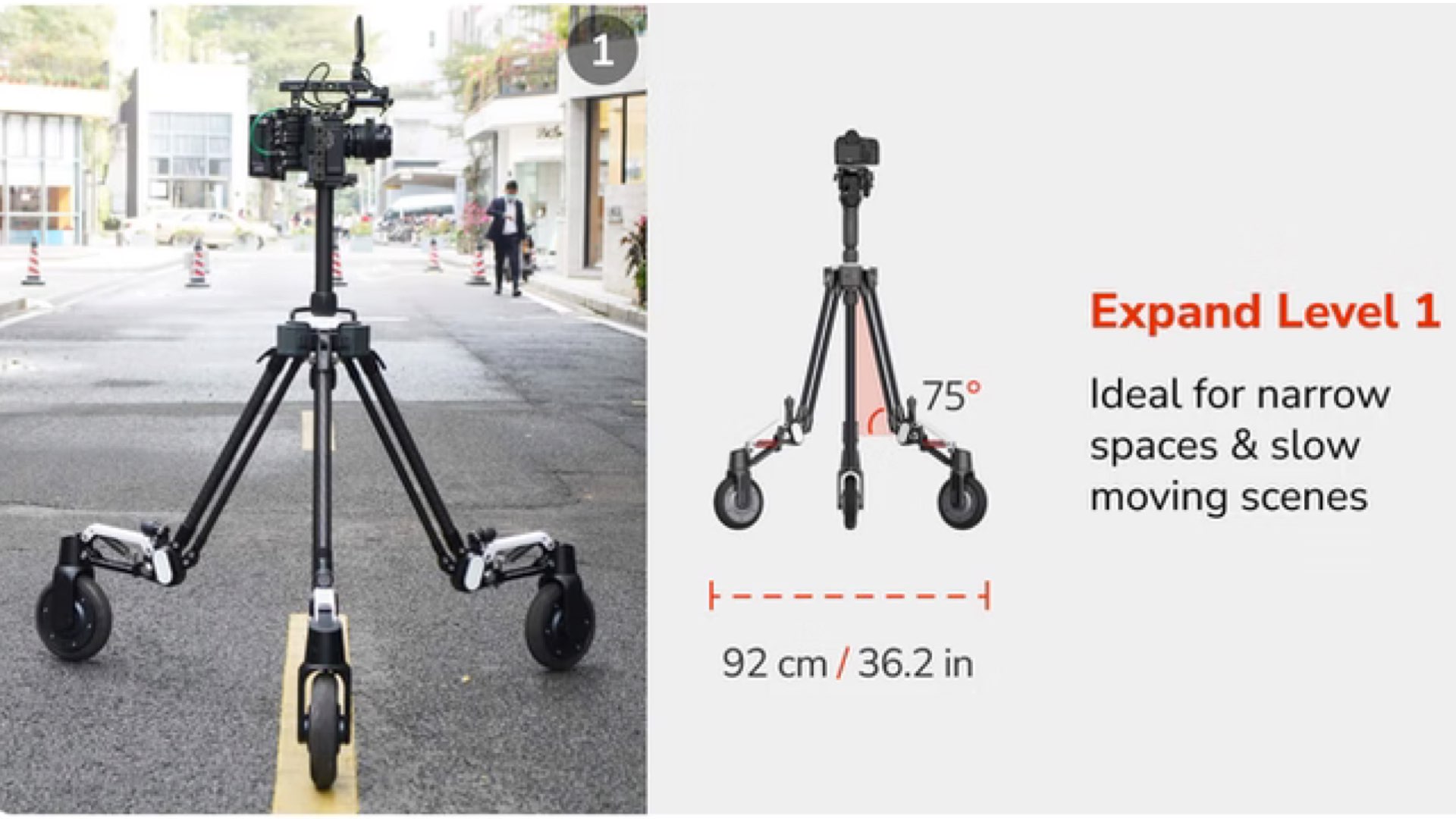
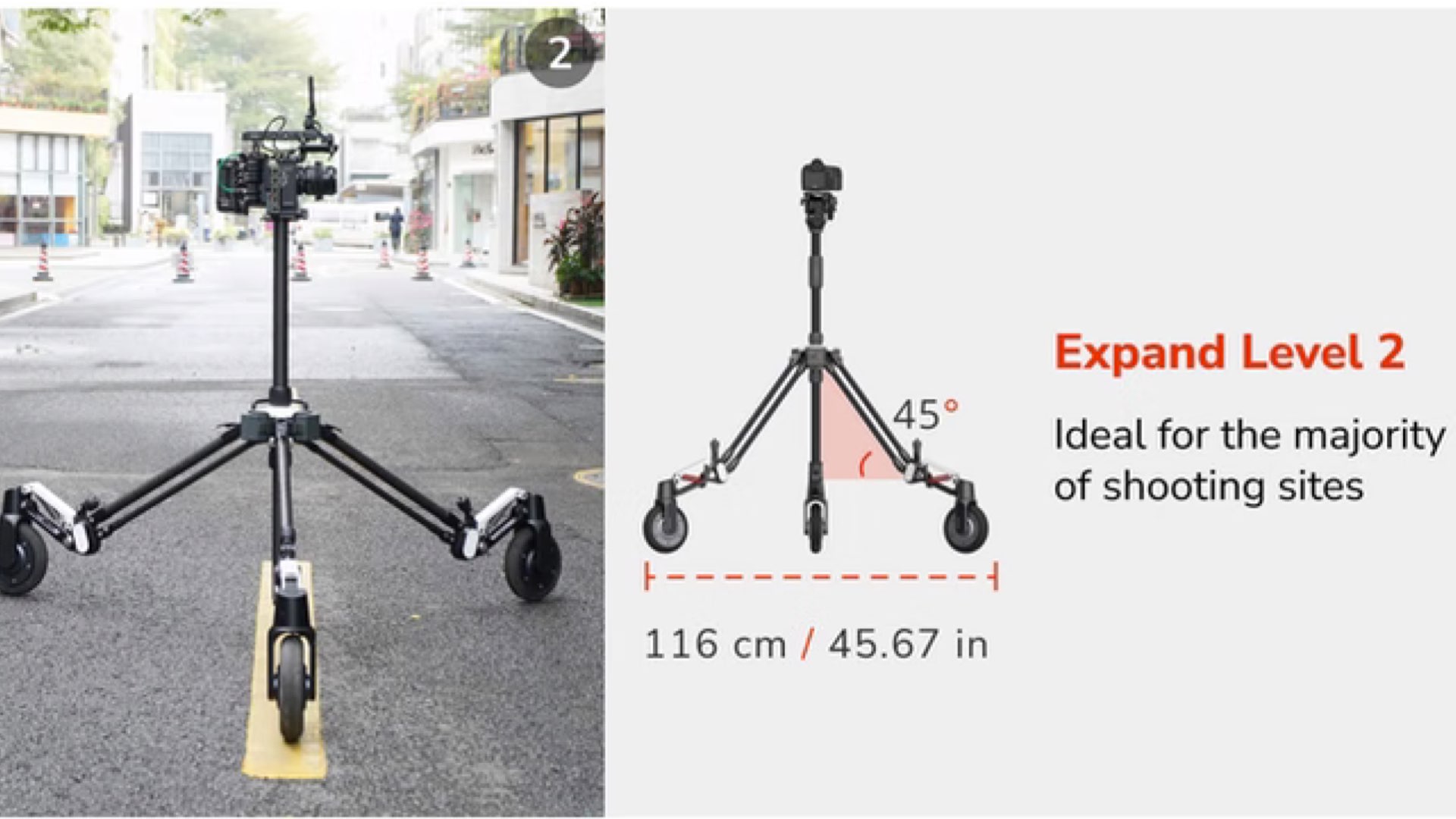
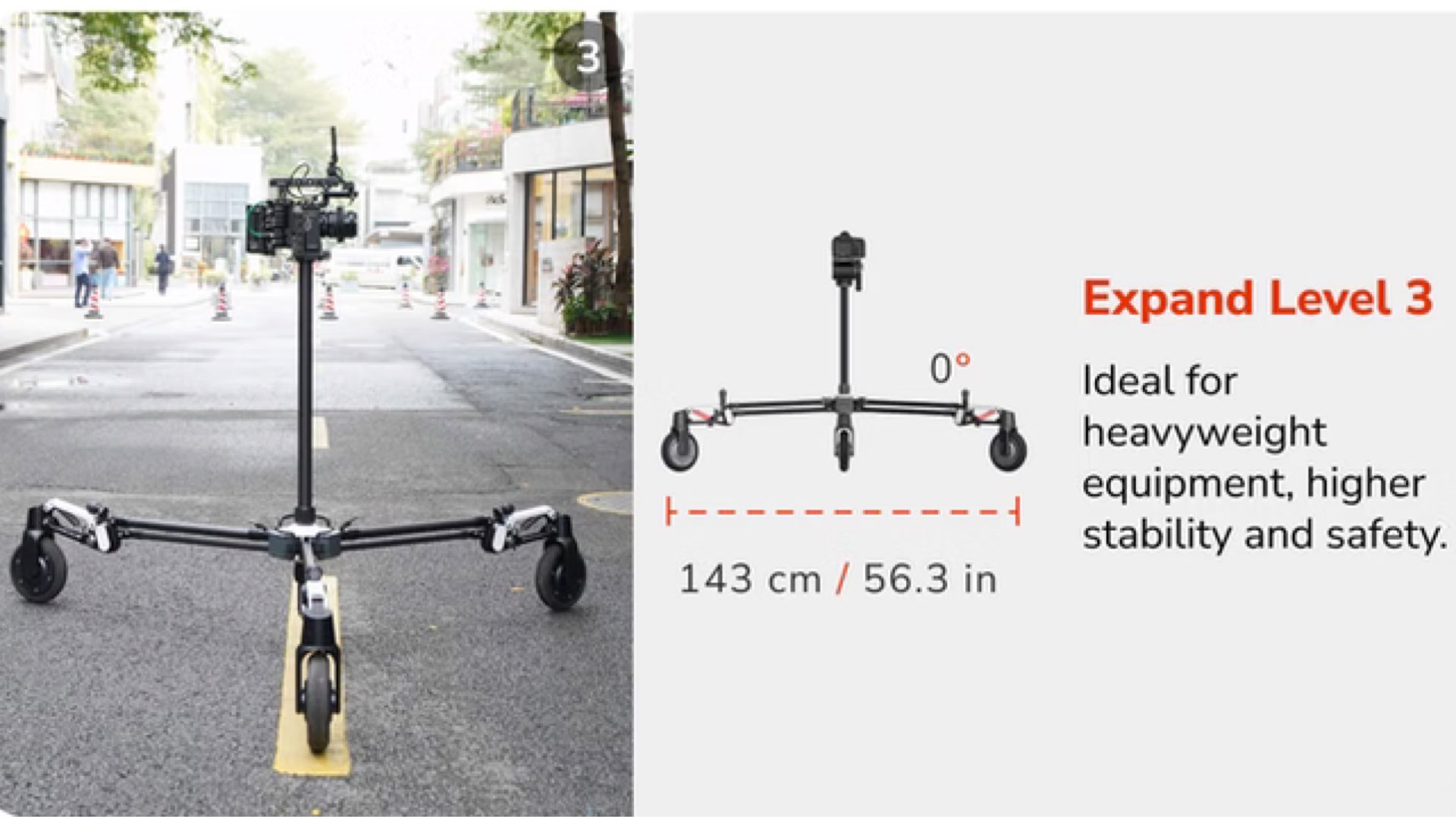
Control
Rover’s software integrates Rover’s controls, camera controls, and image previews into the same App, making it a fully functional wireless workbench. The Rover APP is available in both tablet and phone versions. The advantage of the tablet version is that it consolidates all the required actions on the same page, so you can perform your operations quickly without having to switch between different menus.
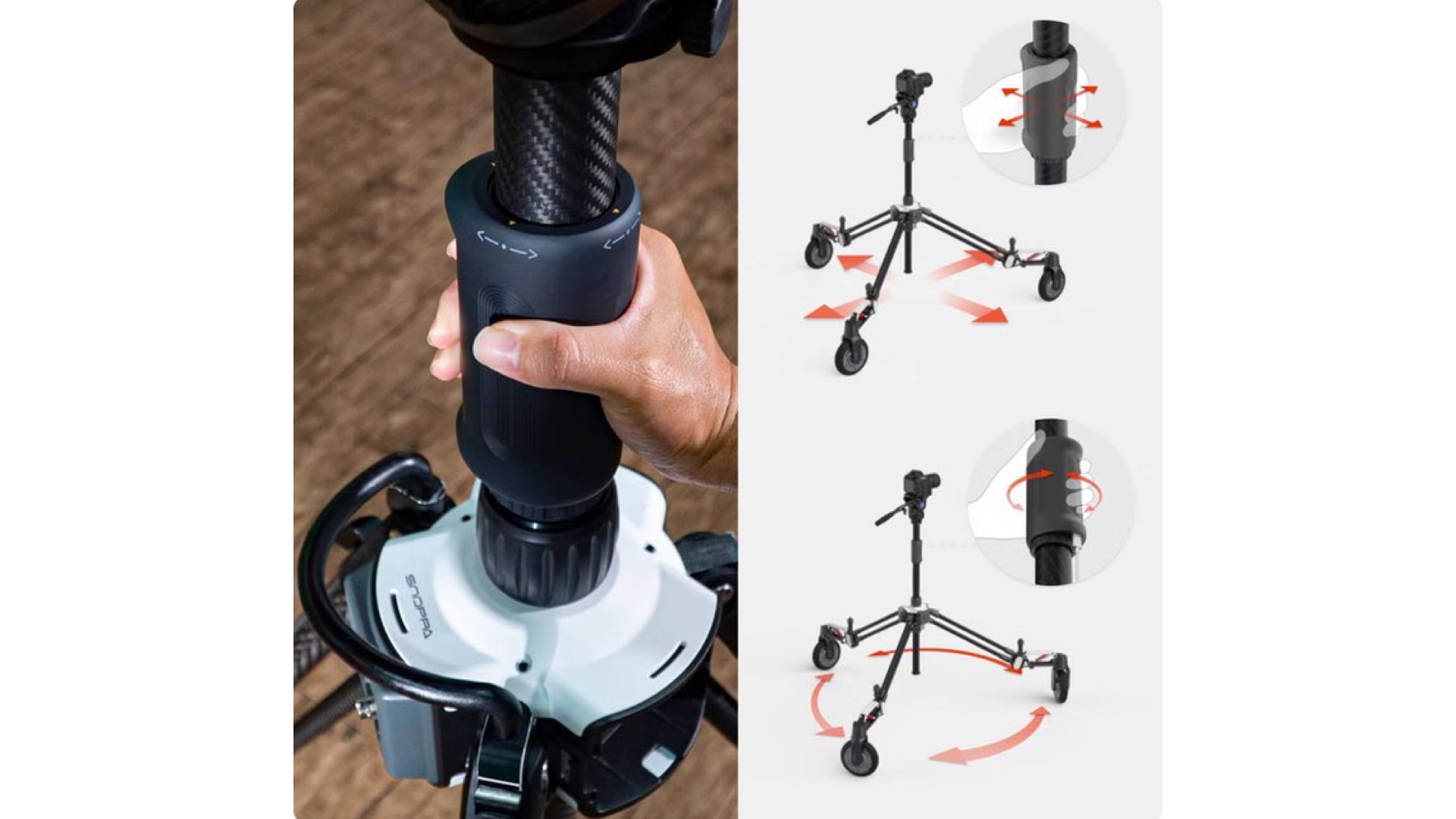
The Rover can be controlled by tablet/smartphone. transmitter or handheld. Moreover, there is a Holder designed specifically for Rover that senses your hand’s pressure output for real-time response, such as movement and rotation. This ensures that you enjoy stress-free and highly precise control even when operating manually.
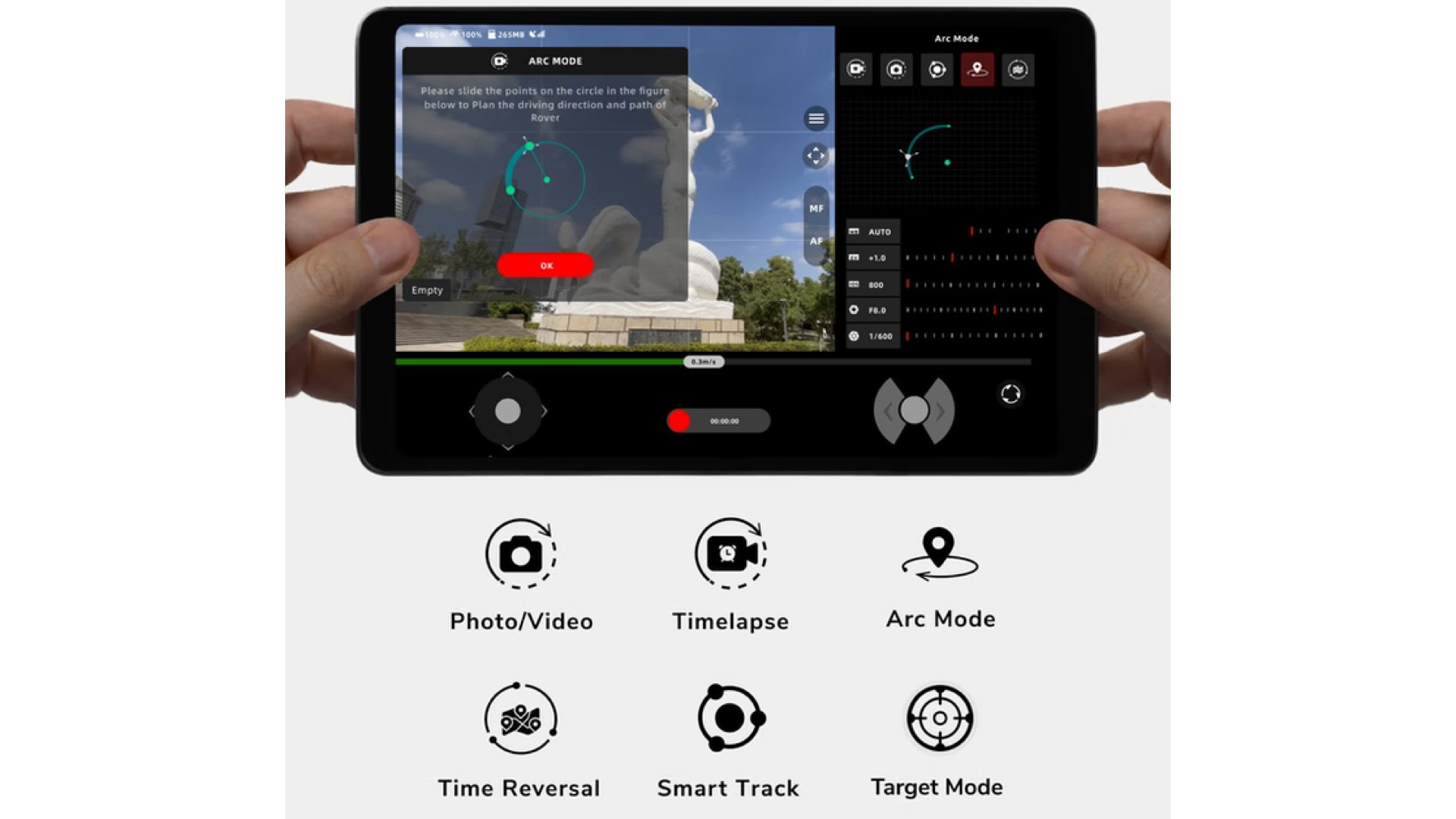
Gimbal integration
Rover provides a stable shooting platform that allows us to better move the camera and design the path of the lens in the shot. So how do you adjust the direction of the camera such as tilt during the shooting process? One way is to install a video tripod head on the Rover, so you can adjust the camera angle in real-time and move the Rover manually and precisely by the handle. Another way to achieve camera angle control is by installing a stabilizer. We will launch a gimbal that can be used with the Rover in August. This gimbal can be programmed and controlled in conjunction with the Rover. Or you can provide and use your own stabilizer.
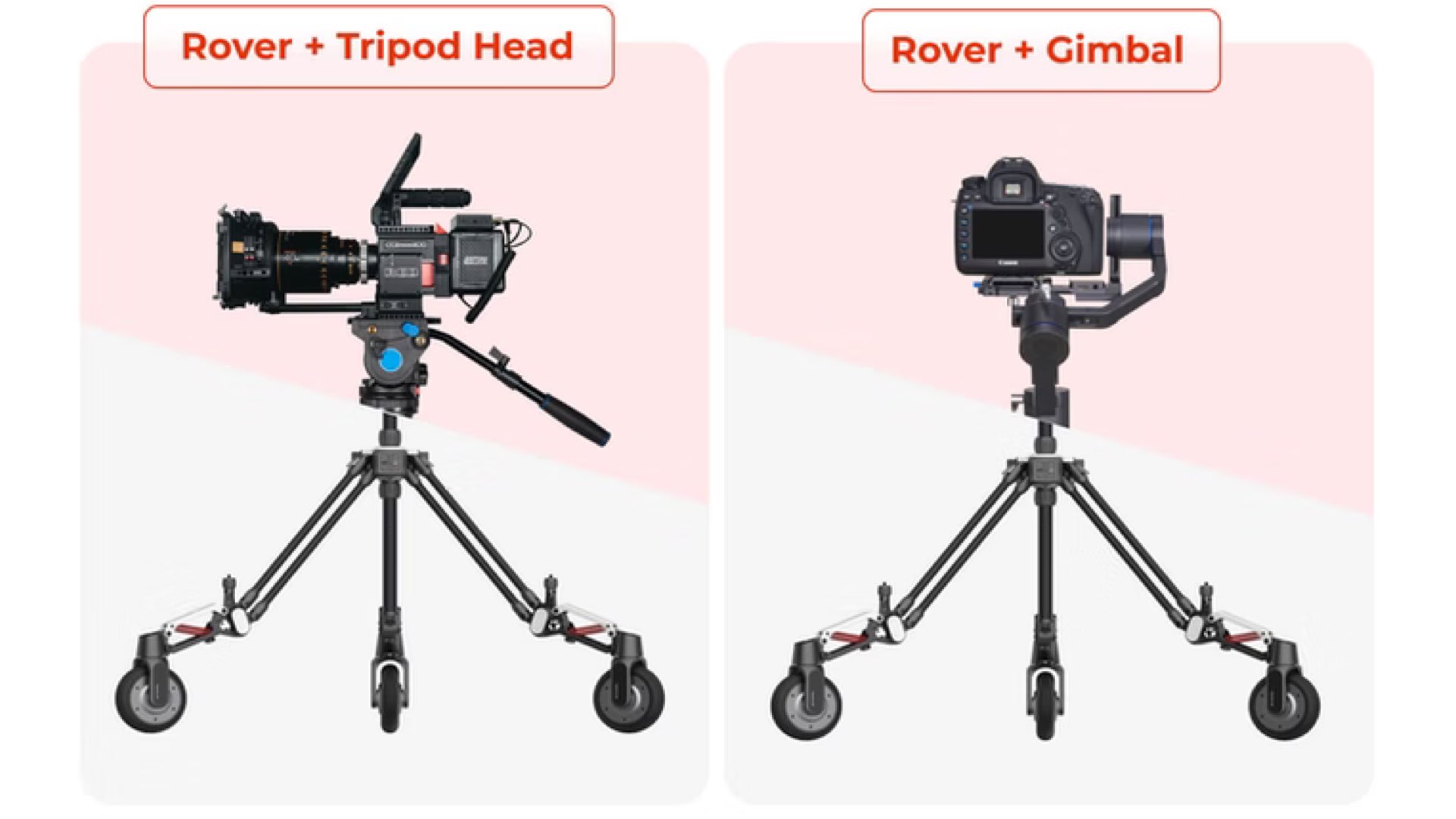
Payload:15kg (33.1 lbs)
Snoppa Rover has a capacity of up to 15kg (33.1 lbs), and can set up a wide range of popular mirrorless cameras, DSLRs, and cinema cameras like RED, ARRI in the market. The unique load adjustment knob on the dolly can be adjusted to adapt the equipment of various weights within 15kg to achieve the best matching.
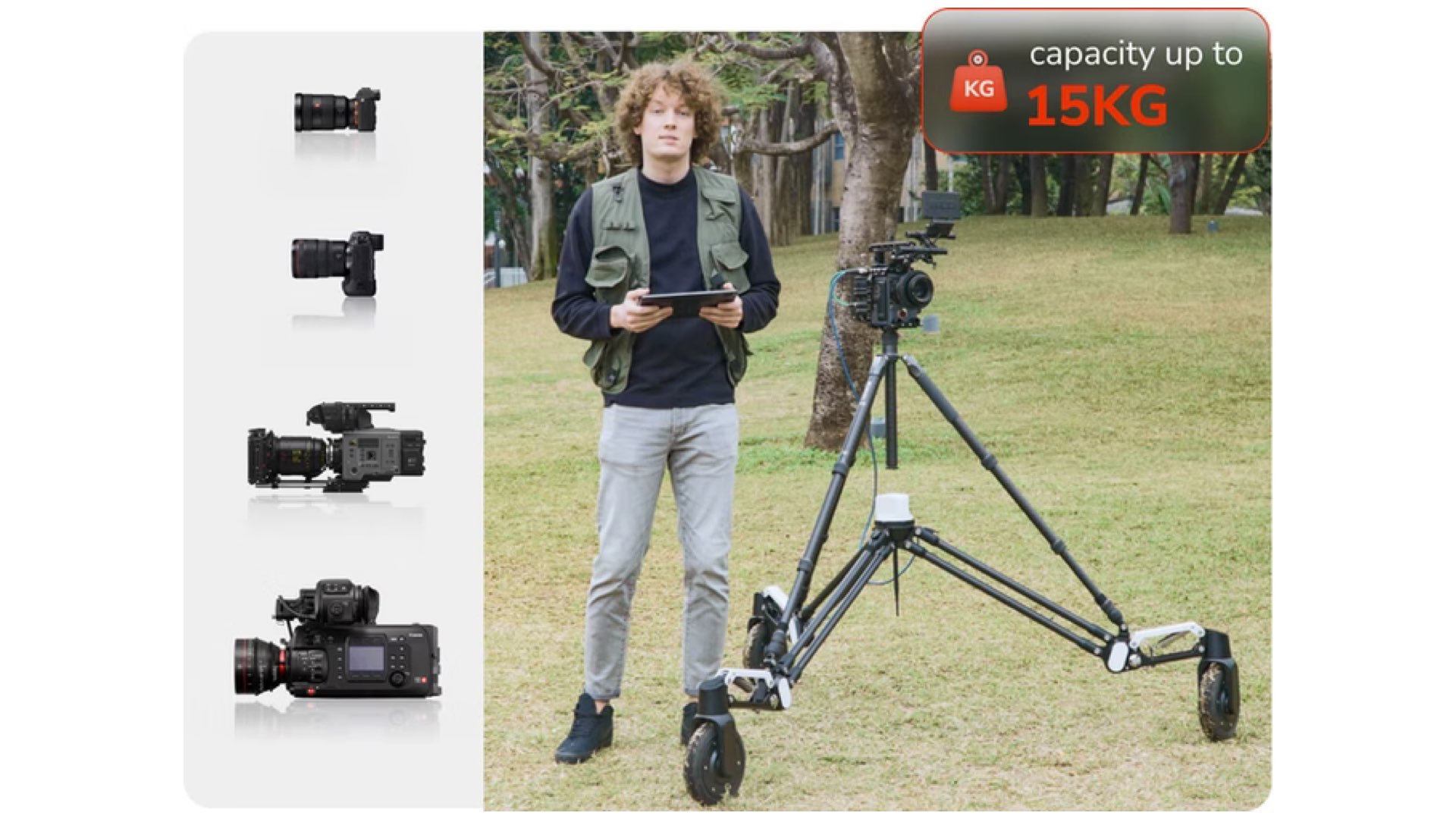
Power and I/O
Snoppa Rover is equipped with a bunch of interfaces through which you can connect and control the camera by your phone or tablet: HDMI Terminal for DSLR Image Preview, USB-C for Camera Control, SDI for Cinema Camera Image Preview, and Extension Port for Universal Remote Control.
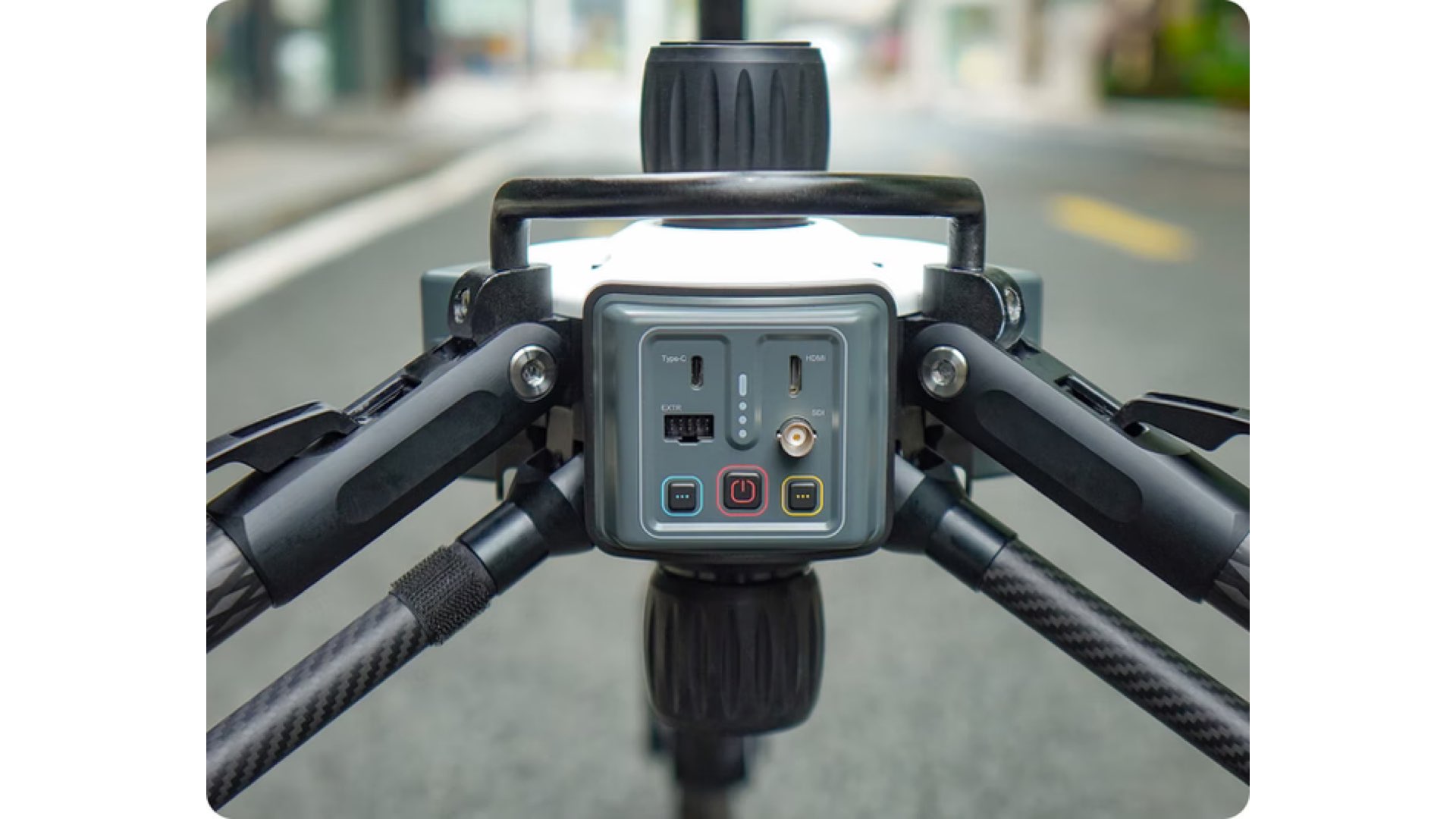
Furthermore, there’re two battery packs that operate in parallel to increase battery capacity. This means that if either pack runs out of power it can simply be replaced with a new one without delaying the shot in the progress as it always stays powered on. This design not only increases Rover’s working duration but also helps to conform to travel rules surrounding batteries – such as on airplanes.
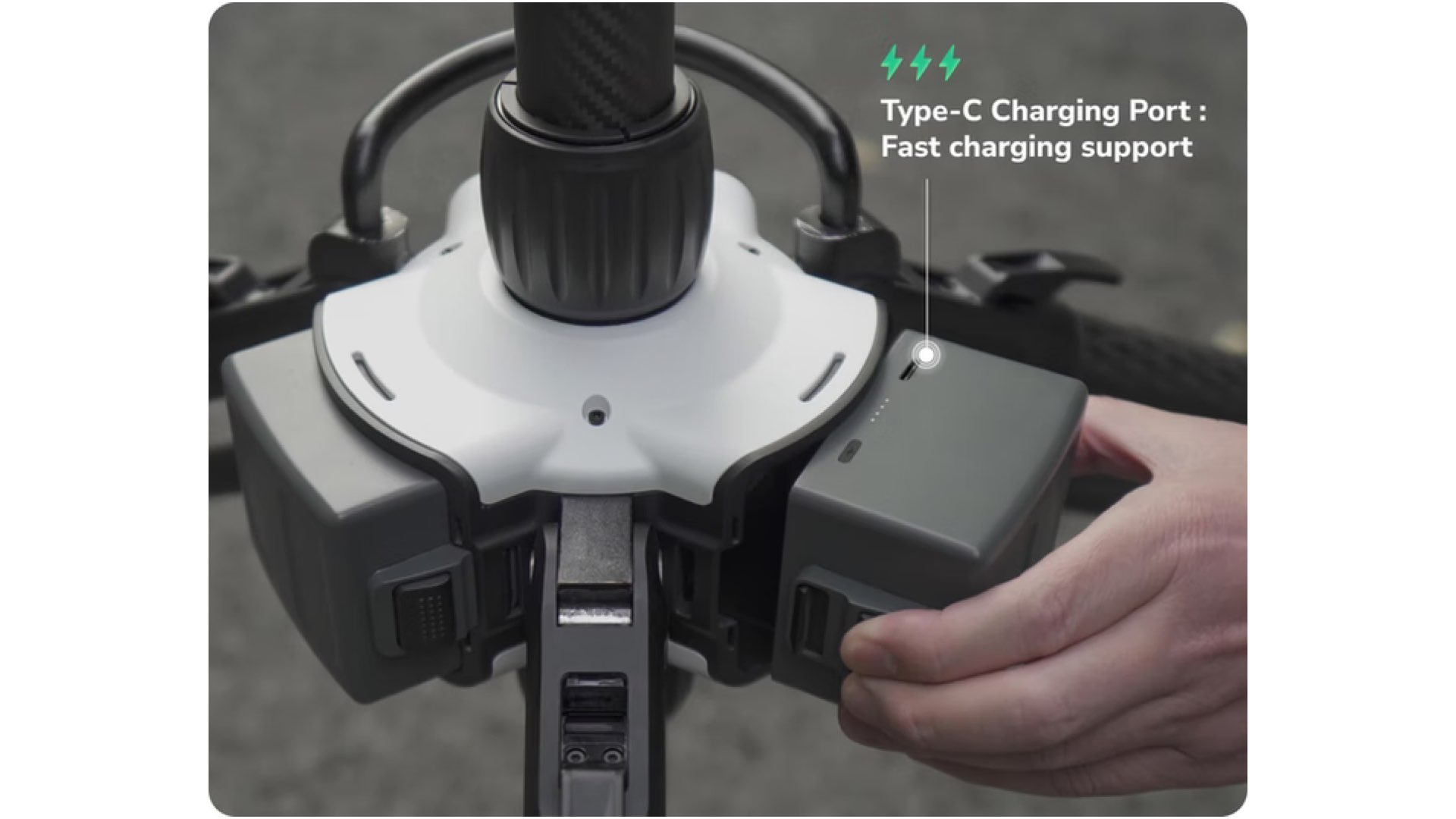
Prices & availability
As opposed to other similar solutions in the market, the Snoppa Rover is pretty much affordable for what it does. Explore the slides below with the rewards according to the Kickstarter campaign. Snoppa says the Rover will start shipping at the end of 2022.
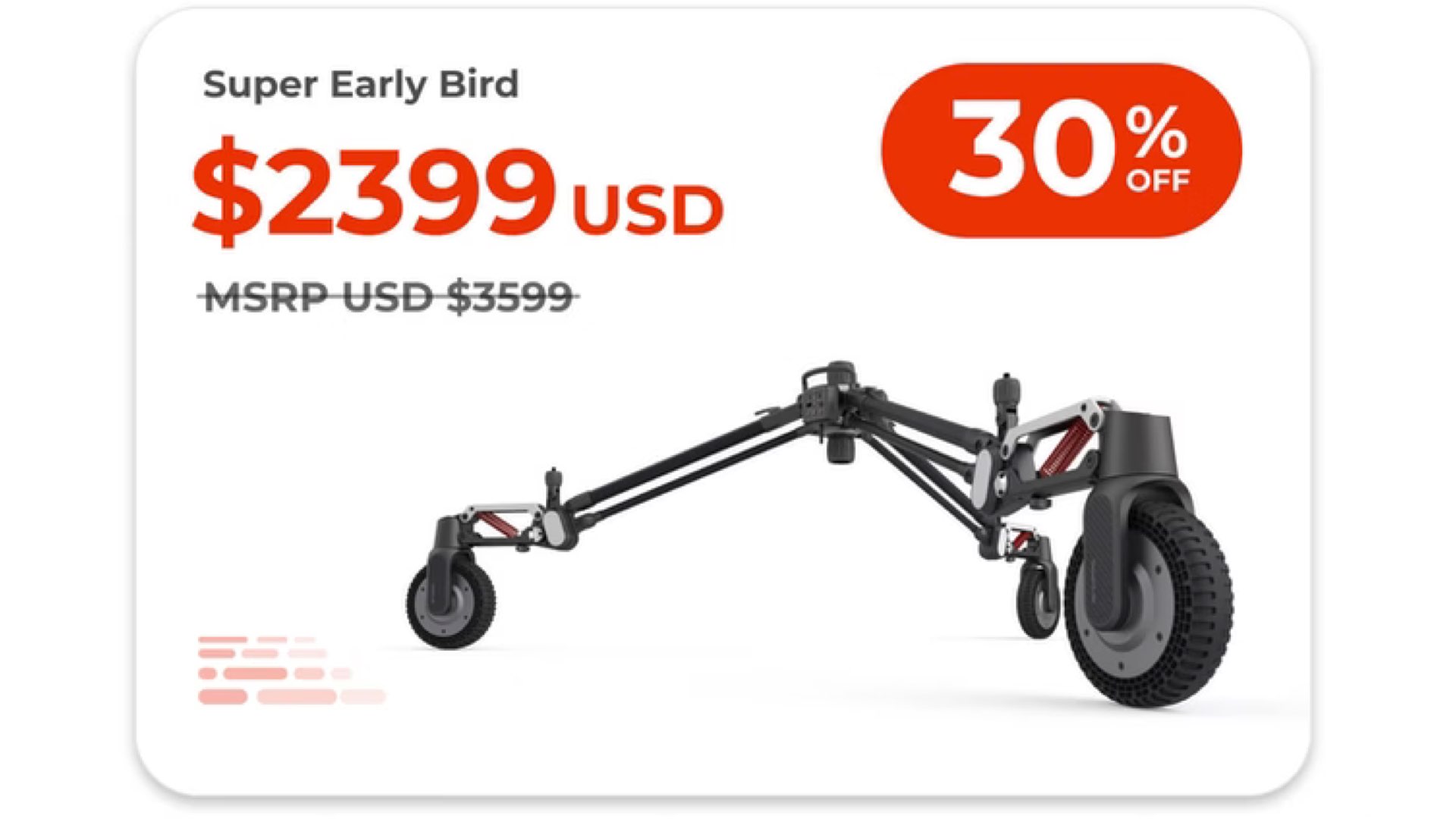
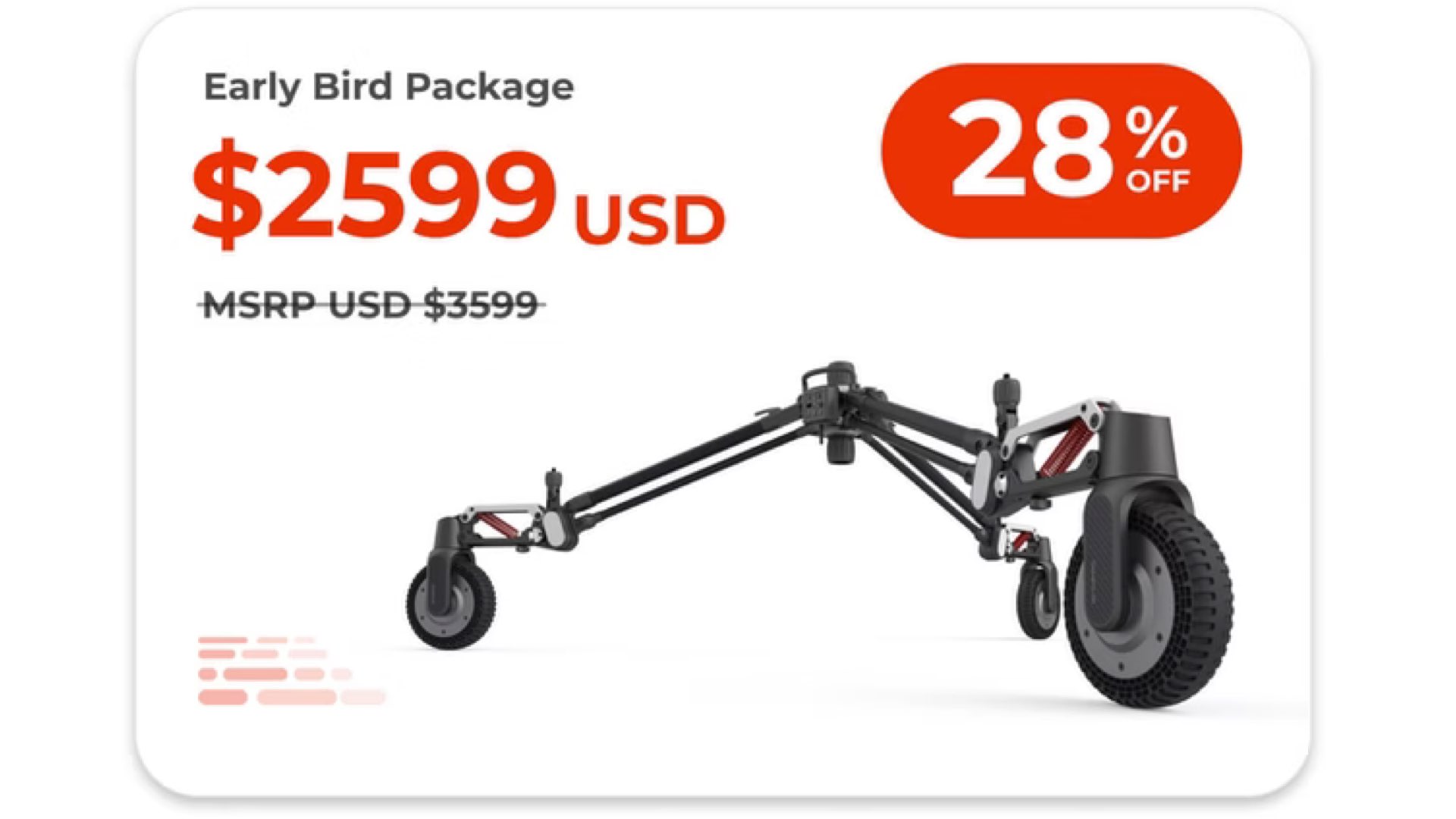
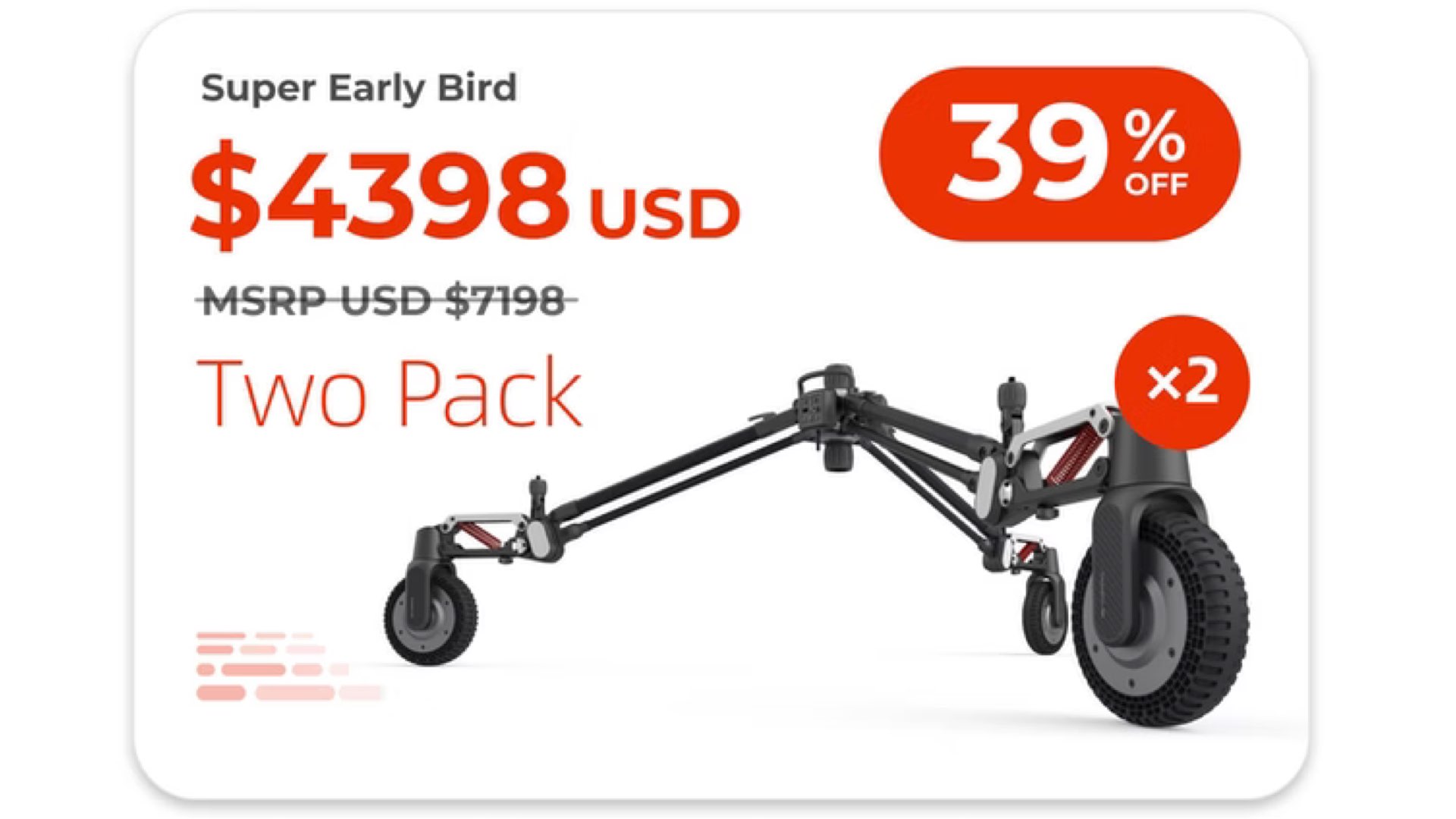
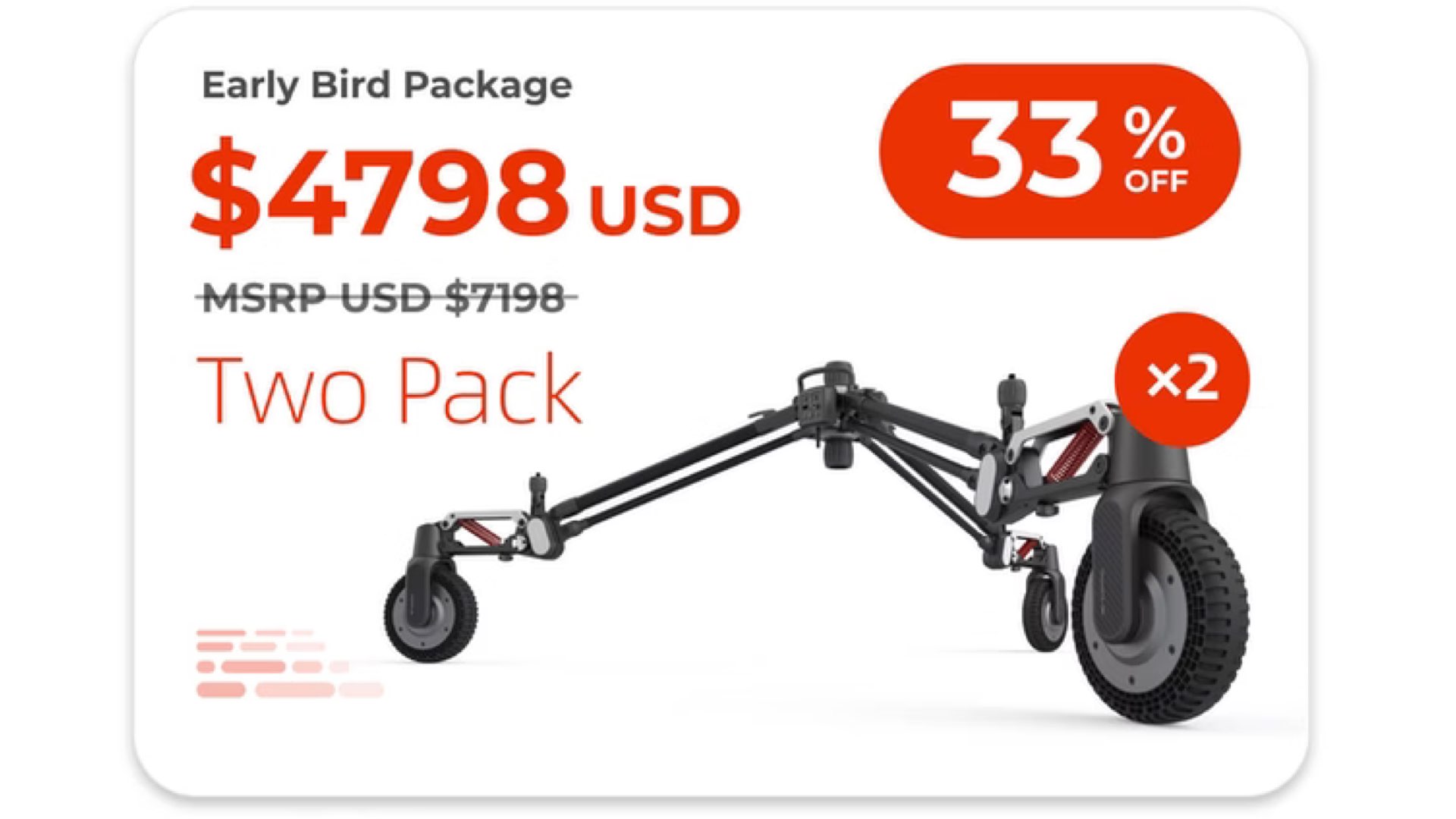
Initial thoughts
There’s a space in the market for the Rover, no doubt about that. The need is real. When we compare other products that grant filmmakers similar solutions, we can clearly see that the Rover is much more affordable in terms of the price tag. The Rover seems like a powerful cinema dolly indeed. Although, in order to tilt and pan the camera you will need a stabilizer to be attached to the Rover. Hence, in order to maximize the Rover, you’ll need to purchase a stabilizer like the Ronin, and that will cost you more. But let’s put that aside for the moment. The main factor you should consider is that this project is at the Kickstarter phase. Thus, it has its own risks. And as an early investor, you put your money on the fence. Furthermore, this is not a low investment at all (the minimum is $2,400) and it’s quite pricy for a Kickstarter campaign. Hence, you should think twice (at least) before becoming an early bird. But yes, this is a cool and needed product that can contribute to the facilitation of cinematic camera movement, especially for indie filmmakers.

